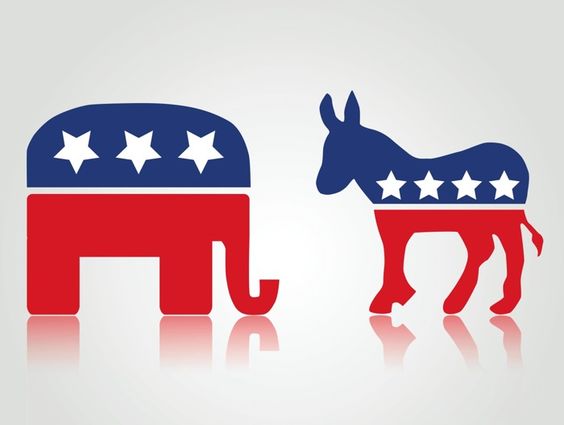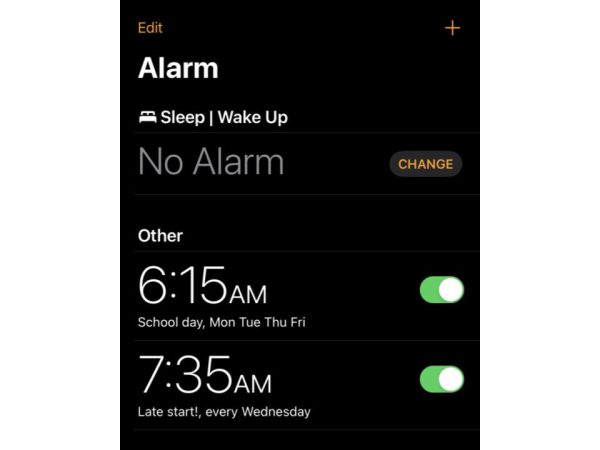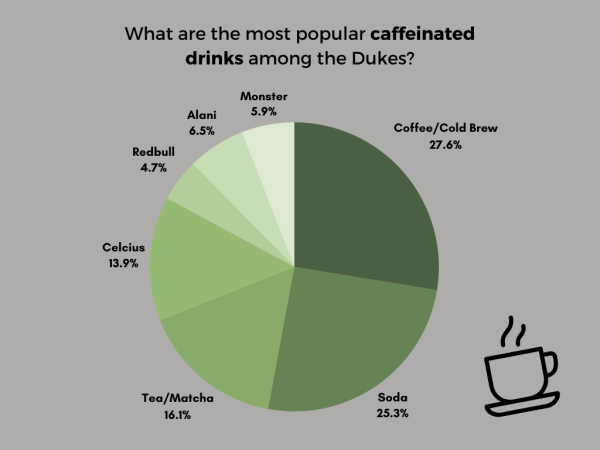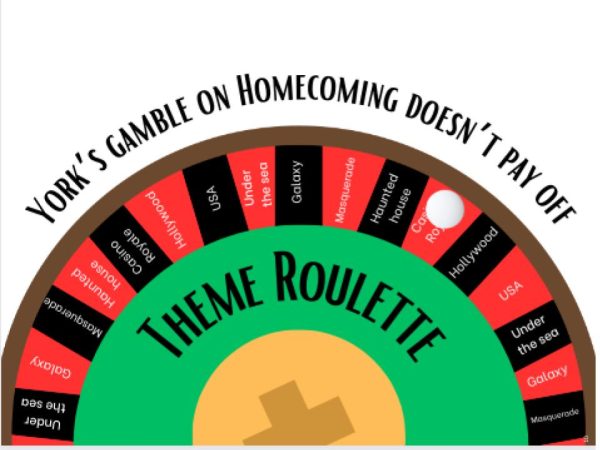Commentary: The Future of our Two Parties

The Republican Party’s Symbol (left) and the Democratic Party’s Symbol (right)
Now that the election results are in, the question is raised: how do our two major parties, Democratic and Republican, go forward?
Mr. Trump’s campaign has come a long way from his first speech in the lobby of Trump Tower in New York City a year and a half ago. When Trump first entered the race, very few people believed he could actually win; people were rather skeptical of Trump’s legitimacy. However, once he got the ball rolling, he quickly became the front-runner in the Republican primary race and gained lots of followers and national attention.
From the very start, his campaign style remained the same; Trump spoke off script and said whatever he wanted to. Traditionally, this style of campaigning has not gone over well, but somehow, Trump made it work. Despite his loss in the first Iowa Caucus, Trump rebounded and ended up winning 1,447 delegates at the RNC in Cleveland, Ohio, according to The New York Times. Following his Republican nomination, he maintained the same strategy still, hurting him at times, in the end, giving him the election on the 8th. Now, after 8 years of a Democratic president, the GOP will occupy the White House once again.
The Republican Party should currrently be feeling very good about themselves after a long and tiring election season. Now that they have the White House, the Supreme Court, which currently has 8 members after the death of Justice Antonin Scalia in February, will likely gain a conservative. In addition, despite the loss of 2 seats in the Senate and 5 in the House, the Republicans still managed to hold onto both chambers of Congress. For Republicans, this came as a sigh of relief because after much of Trump’s bigotry, many withdrew their support of the candidate, a controversial move for them to take. For the Republican Party, it as if they will need more “outsider” candidates in order to keep their control of the federal government for years to come.
When turning and looking at the Democratic Party, nearly everyone is in a state of surprise. Clinton had been poised to win since May, and yet, she didn’t prevail on election night. Where does she go from here? The likelihood of her running in 2020 is very slim because she is currently 69 years old and has a granddaughter. While her political career will likely continue, it is quite unlikely that she will return to national scale races.
So how did Clinton, who was poised to win the election since May, lose? Well here’s the simple answer to that: Clinton did not have a high appeal with “blue collar” Democrats (Reagan Democrats who voted for Reagan during his run and share the same values) who tend to be white, middle-class families. Trump, on the other hand, outperformed Romney in 2012 in many states with this group of voters. According to much of the talk on election night coverage with CNN, anchors Wolf Blitzer, Anderson Cooper, Jake Tapper, and Dana Bash all believed that Clinton’s low appeal with “blue collar” Democrats costed her Wisconsin and Michigan, two typically Democratic states. Clinton also lost counties by the margins that President Obama did in 2012, according to the CNN comparison maps. It was a consistent theme throughout the night that Clinton underperformed Obama and Trump outperformed Romney in many Democratic counties, parishes, ans towns when compared to the 2012 results. Also, the biggest idea people voted for according to exit polls was change. Many people believe Clinton does not represent a whole lot of change because she stands for much of President Obama’s work, and work that her husband had done during his presidency in the 1990s. Trump, on the other hand, represents the political outsider who came in to bring about a change in American politics. These are probably the 2 biggest reasons for Clinton’s demise in the election. The results are in, and one party will rejoice while the other will reflect on their mistakes and where they need to go from here.
Now that the Democrats have the results in front of them, it’s time for them to analyze what went so horribly wrong. In doing so, we may see the party evolve quite a bit to adjust to the results of this election. Moving forward, they will have little political influence due to the fact that they control neither chamber of Congress, will not control the White House, and will lose the slightly liberal advantage in the Supreme Court. In terms of leadership, it currently looks like there is no one to become the leader of the party after President Obama leaves. Senator Bernie Sanders (I-Vt) will also most likely not run in 2020, but rather focus on the Senate and the movement he has started. While he may take up a more prominent leadership role, it is unlikely he will become the main leader. One potential option is left-wing Senator Elizabeth Warren (D-Ma).

Senator Elizabeth Warren (D-Ma) speaking at the Democratic National Convention on July 25th, 2016. Senator Warren is known for her left-wing ideology making her a possible leader following the 2016 election.
What would a Warren Democratic Party look like? This would mean that the party would likely undergo a change in some of their values. Currently, the Democratic Party has been controlled by more centrist progressives, but the results of this election will likely change this, at least to some degree. The Sanders-Warren wing of the Democratic Party is much farther left than the Clinton wing, and with Warren taking charge, one could expect a much more progressive run into 2020. Regardless of who takes charge in the party, it is likely that at the very least, the left-wing of the party will become much more influential and important. The reason this is likely the case is because of how the party must to shift if they want a chance of beating Trump in 2020. While it is yet to be determined whether the changes seen in the electoral vote will stay, the Democrats need to tap into the largest voting block in the US–the white middle-class homeowners–in order to secure not only elections in 2020, but also midterm elections of 2018.

Ethan Thomas is a senior at York and is the News and Opinions Editor. He is extremely interested in politics and for some reason baseball, although his...















